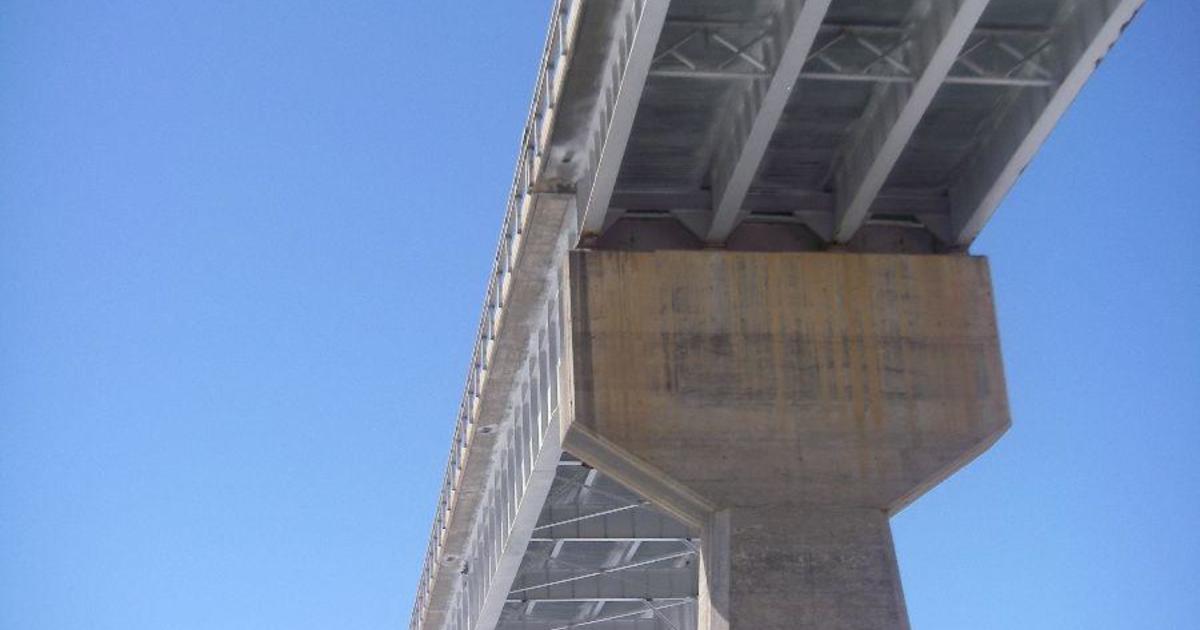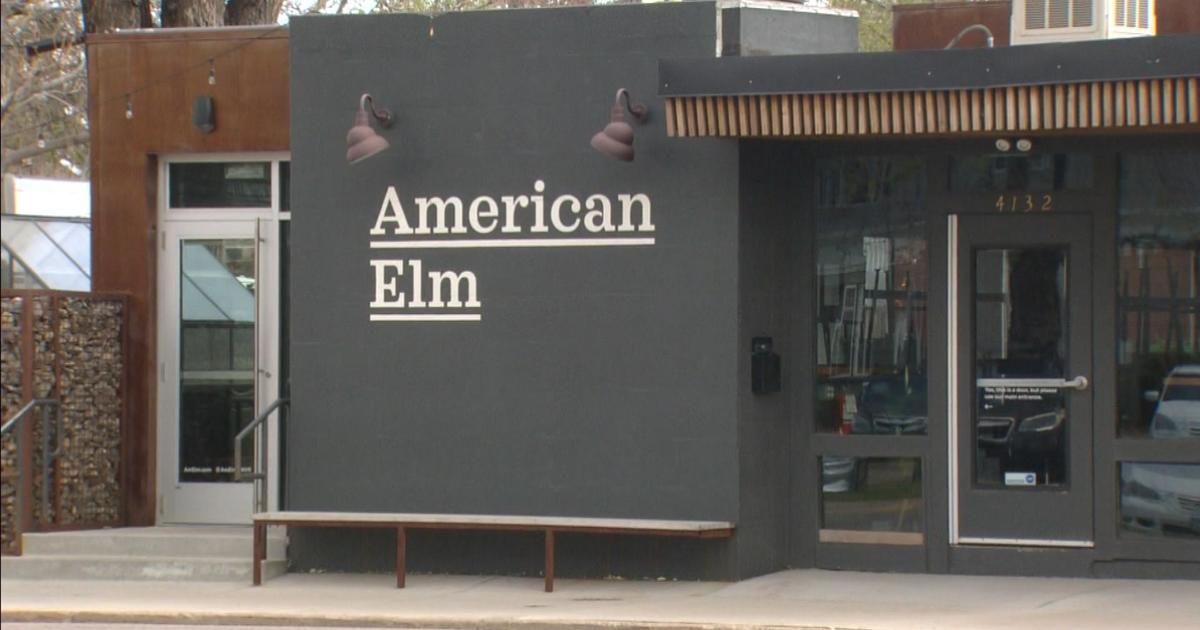Study: Tree Thinning Didn't Slow Fourmile Fire
DENVER (AP) - A study of the most destructive wildfire in Colorado's recorded history concludes that advance work to create fire breaks had little impact on the behavior of the blaze, although it did provide safe transportation routes for emergency crews and fleeing residents.
The 2010 Fourmile Canyon Fire in the heavily wooded canyons west of Boulder destroyed 168 homes and caused $217 million in insurance losses. More than 3,500 people were forced to evacuate.
About nine square miles burned. No deaths were reported.
Before the fire broke out, trees had been thinned on about 600 acres, or slightly less than one square mile, much of that along roads, in hopes of creating breaks to stop or slow a wildfire.
The thinning proved ineffective because it left too much flammable material on the ground, said the research team leader, Russell Graham, who works at the U.S. Forest Service Rocky Mountain Research Station office in Moscow, Idaho.
"They didn't clean up the surface fuels as much as they could have," he said in an interview. "The biggest, the most effective fuel treatment is to treat the surface fuels."
Some of the fire breaks were also too narrow to keep the fire from jumping across, Graham said.
The fire was reported on Sept. 6 and spread rapidly ahead of gusty winds in the hot, dry late summer. It was contained on Sept. 13.
Investigators concluded it started from a volunteer firefighter's fire pit. Prosecutors decided not to file charges, saying they didn't think they could prove the firefighter knowingly started the blaze or acted recklessly.
The study said 83 percent of the homes that were destroyed by fire were ignited by flames moving across the ground, while the rest were ignited by "crown fires" burning across the treetops.
Graham said that shows the potential for reducing fire damage by removing grass, brush and other low vegetation from in a 100-foot radius around homes.
Sen. Mark Udall, D-Colorado, who requested the study, said in a statement that the fire showed "the most important yard tool you can have if you live in a wildfire-prone area is not a chain saw; it's a rake and a weed-whacker."
Some people who did try to create a defensible space around their homes lost them anyway, Udall said, "but it's a concrete step that can make a huge difference."
The study said 474 homes were inside the fire area or within 100 feet of the perimeter. More than a third -- 35 percent -- were destroyed, which the study said is typical of wildfires in areas where homes are scattered in rural areas.
The study praised the emergency response system in Boulder County, saying it was credited with keeping residents and firefighters safe.
- By Dan Elliott, AP Writer
(Copyright 2011 by The Associated Press. All Rights Reserved.)



